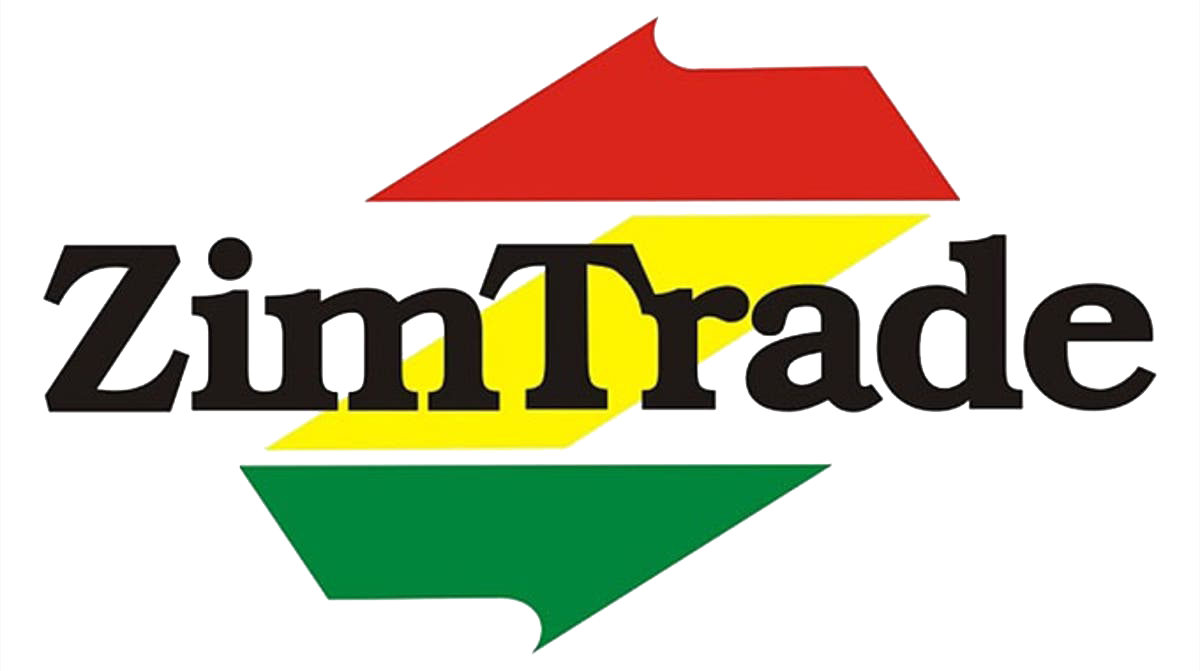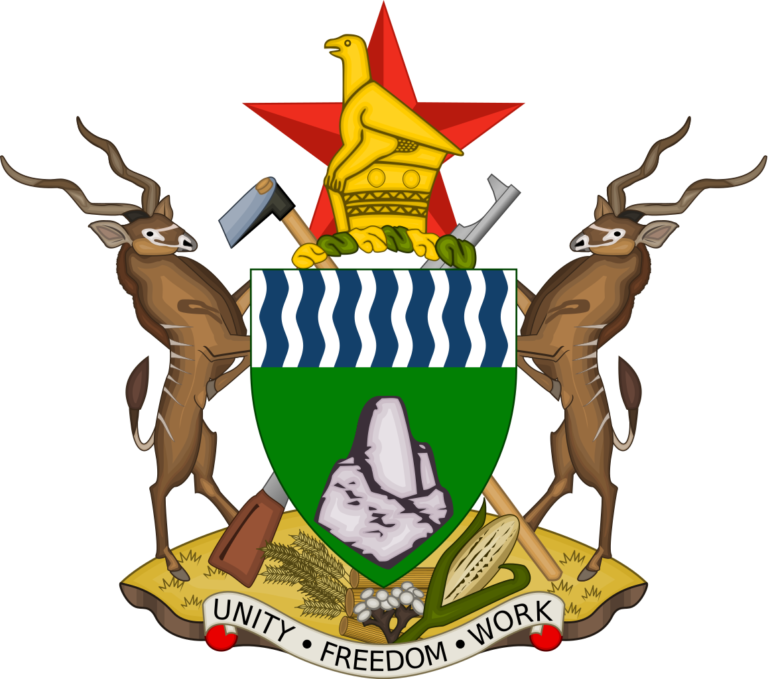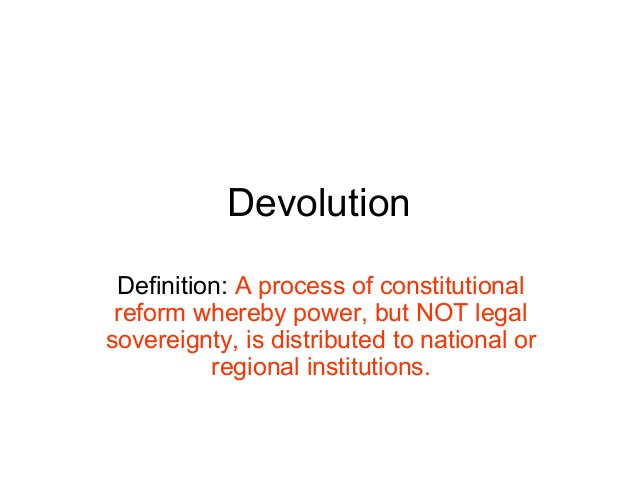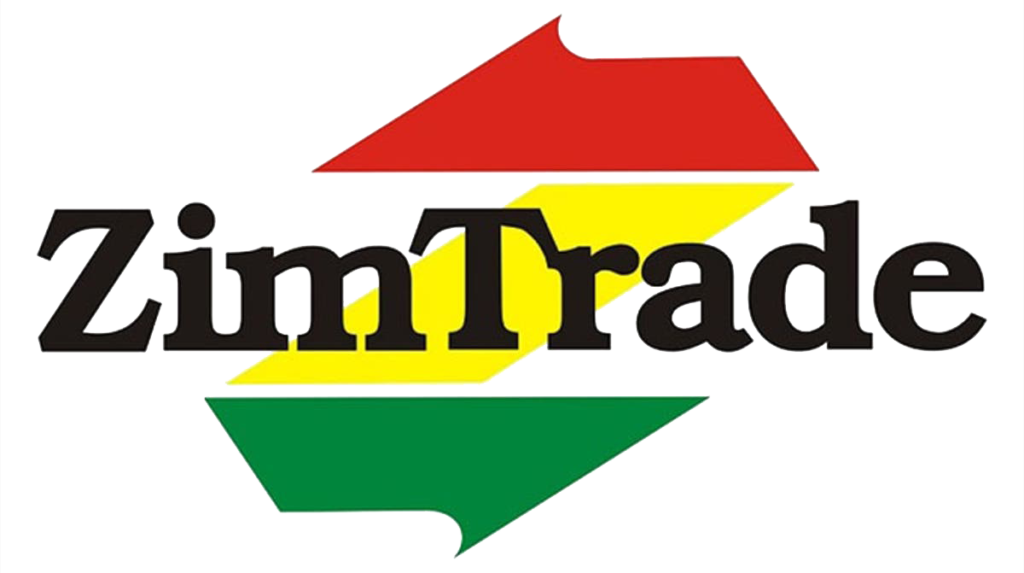Every province in Zimbabwe is unique and is endowed with resources that can support the development of export products with potential to compete well on the export market.
Although discussions of late have not disputed the need to implement devolution with speed, current conversations should also focus more on how to develop products and services that are unique to each province.
Undoubtedly, the devolution exercise will see provinces and districts becoming national hubs for production and exporting of unique products and services.
This approach is not new to Zimbabwe as it has worked in countries like Ghana where even districts are expected to play an important role in national economic development.
The cascading of responsibilities from national to district level in Ghana is regarded as one of the reasons behind the growth its exports, from US$1.71 billion in 2001 to US$17.1 billion in 2018.
A paper published by Zimbabwe Economic Policy Analysis and Research Unit (ZEPARU) early this year argues the importance of devolution, particularly on value addition and beneficiation, which are crucial cogs in ensuring the country realize more earnings from its exports.
Further to increasing export earnings, ZEPARU argues that devolution will also guarantee job creation as well as improved livelihoods at district level.
“Devolution concept in Zimbabwe also embraces value addition and beneficiation of resources found in each district as opposed to exporting them in their primary form.
“Instead of them being moved to cities and towns for further processing, value addition is expected to occur at source thereby benefiting the communities where these resources are being produced or extracted.”
With support from all stakeholders, the development of these products and services should leverage resources within the provinces.
Although this column has previously profiled some opportunities in all provinces, emphasis should be placed on development of export clusters that will promote a participatory approach by businesses of all sizes.
As agriculture is one of the low hanging fruits for Zimbabwe’s exports, development of export clusters in provinces such as Manicaland and Masvingo should be one of the early focus areas once governance has been decentralized.
But what are some of the unique offerings from these provinces?
Manicaland Province
This dynamic region produces fresh vegetables which are also exported to various international destination as well as can produce herbs, baobab products and capsicum products like paprika and chillies.
Products which are exported by the region includes flowers, citrus, mangoes, cotton, pineapples, sweet potatoes, honey and sugar beans.
Macadamia predominantly being exported from Chipinge, Honde and Nyanga districts is exported to China, South Africa, Thailand, Malawi and Hong Kong.
Last year, according to Trade Map, Macadamia accounted for about US$21 million worth of exports which can all be attributed to the Eastern region alone.
The four main companies in the avocadoes export are all resident in the eastern region.
The Manicaland provinces also exports US$1.1 million worth of bananas, mostly to South Africa. The bananas are mainly produced in Chiredzi, Chipinge and Vumba.
The table bananas exported by Zimbabwe are tastier than those from our competitors in the regional markets.
Some of the Bananas are also exported to Zambia.
To harness the potential in horticulture, the development of clusters in Manicaland should place emphasis on value addition so that farmers can earn more in export markets.
For example, by value adding the bananas into powder and chips the region can improve its contribution to the fiscus.
Timber grows well in the eastern highlands and the exotic plantations constitute the greatest proportion of timber exports by the country.
These are exported as poles used for electrification as well as fencing and construction timber.
Wood, articles of wood and wood charcoal accounted for US$19.4 million, predominantly to Zambia, Botswana, Mozambique and South Africa, according to Trade Map.
The Manicaland Province also has potential to surpass US$50 million worth of tea and coffee exports.
Currently Zimbabwe’s exports of tea and coffee are valued at around US$22 million and US$2 million respectively, according to Trade Map.
Key export destination of tea from the country includes South Africa, United States of America, United Kingdom, Russia and Germany. Zimbabwean coffee has been exported to countries like Germany, France, Italy and Japan.
The Tamuka MuZimbabwe brand is a prime coffee brand that is sold in Sweden by Nepresso. This coffee is predominantly produced by smallholder farmers whose quality has attracted the established coffee blender.
The Manicaland Province should take advantage of popular tea brands like Tanganda, Quickbrew and Three Leaves to increase exports from Manicaland.
Cluster development in the Manicaland Province should also accommodate out-growers so that they can help increase production of the various commodities.
Established companies like Tanganda, Ariston and Tongaat Huillet have thriving out grower schemes that has boosted their exports as well as those of the respective provinces.
Further to the horticultural potential in Manicaland, Mutare’s proximity (about 300km by road) to Beira provides opportunities for increasing Zimbabwe’s exports.
In 2019, according to Trade Map, Zimbabwe’s exports to Mozambique amounted to US$354,3 million against imports of US$90 million.
The exports consisted of US$94 million worth of processed foods, building and construction for US$48,5 million, and agricultural inputs and implements worth US$23,6 million.
Zimbabwe exports of value-added goods to Mozambique were dominated by sugar and sugar confectionery, tea and coffee, paper and packaging as well as timber.
Considering the good political relations between Mozambique and Zimbabwe, the Manicaland Province will help foster trade relations between the two nations and help improve Zimbabwe’s exports to Mozambique and beyond.
Both Zimbabwe and Mozambique are signatories to the Southern Africa Development Community (SADC) Trade Protocol, which stimulates and encourages trade by giving one another preferential treatment in the reduction or elimination of custom duties.
Masvingo Province
When developing clusters, the Province will consider existing potential in sugar can and livestock production, which are some of the key sectors supporting economic growth in the province.
About US$90 million worth of sugar is exported by Zimbabwe mainly coming from Masvingo region.
The main destination markets include Kenya, Botswana, United States of America, Spain and South Africa.
Masvingo province has the largest livestock population in Zimbabwe and can be help reignite the meat exports by the country.
The province can help ignite the meat value chain and meat exports can be exported to Europe where Zimbabwe meat products were well sought after.
The Lucerne project in Chiredzi will help draw synergies with the large herd of cattle that the province has.
The large cattle herd, coupled with the lucrative exotic skins from crocodiles, makes Masvingo a focal point for Hides and Skins.
Masvingo province also has potential for the production of citrus in the lowveld.
By making use of the huge water bodies especially Tokwe Mukosi, the province can irrigate plantations in Mwenezi, Chiredzi and Triangle effectively boosting productivity in this region.
The hot weather conditions in most of the province is an aid to production of high ‘ester’ content in Capsicums.
Masvingo provinces also produces Garlic and Ginger, that are key to maintaining healthy life. Farmers in and around Gutu have been producing the crops which if they consolidate the commodity can be exported to regional markets.
The Eastern region poses immense potential to increase the export from the country as it also poses downstream effects on the processed foods sector that derives its inputs from the Manicaland province.
Investment of standards like Global Gap, Rainforest Alliance, Fair Trade, Organic Certification and SYMETA will increase compliance levels of farmers making produce from these provinces well sort after in the international arena.
Going forward
To help Manicaland and Masvingo Provincial leadership develop Export Clusters, ZimTrade – the national trade development and promotion organisation – will open new offices in Mutare in the next few weeks earmarked for improving the development and promotion of exports from Zimbabwe’s eastern region.
This development will ensure that industry and farmers associations, government agencies and existing as well as potential exporters resident in the two provinces can conveniently access real time information on trade related initiatives.
The office will also improve access by local businesses to trade protocols whether bilateral or multilateral trade agreements.
To boost trade in the region, there is need for more companies to register and make use of trade agreements signed by the country.
However, because of information gaps, some companies fail to access preferential treatment that are outlined in these agreements, which affects their price competitiveness in export markets.
Armed with current and reliable information, businesses in Manicaland and Masvingo provinces are expected to trade under trade agreements, including SADC and COMESA that will improve their competitiveness.



